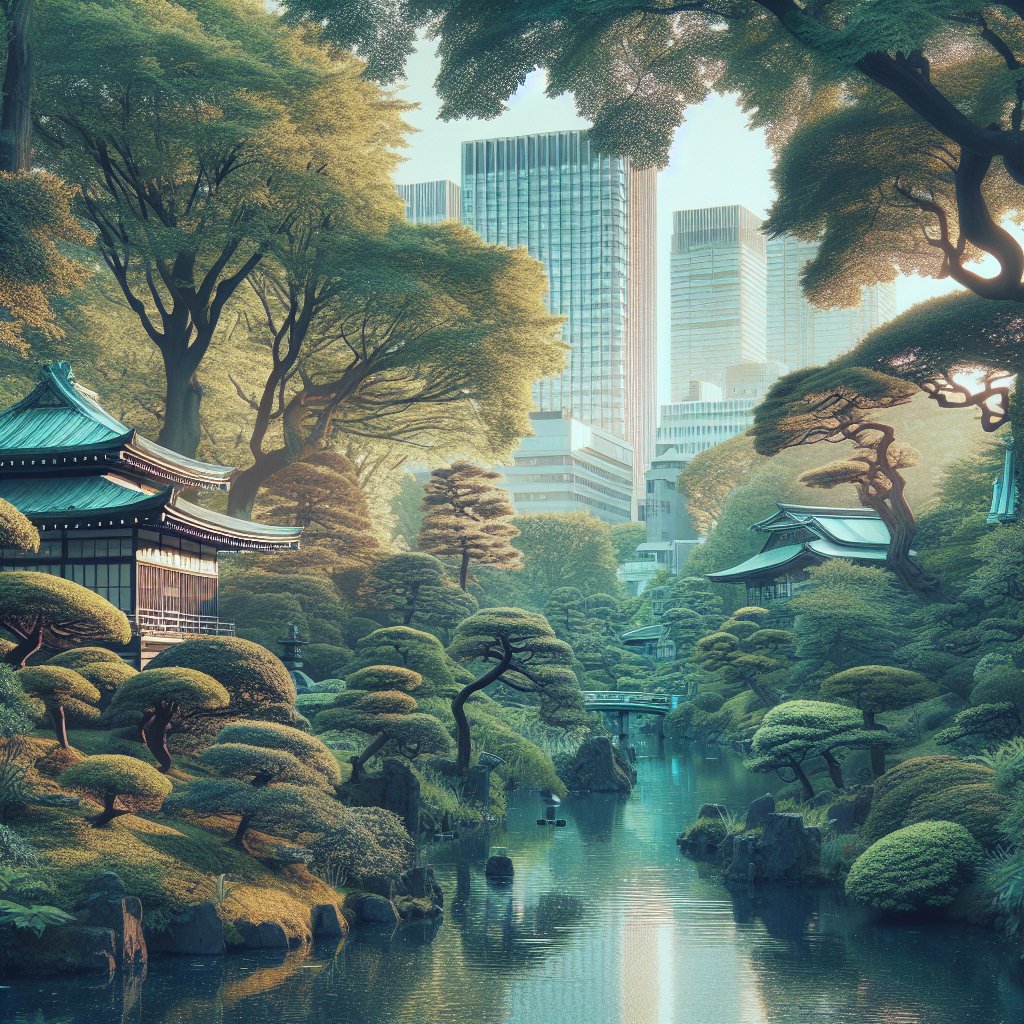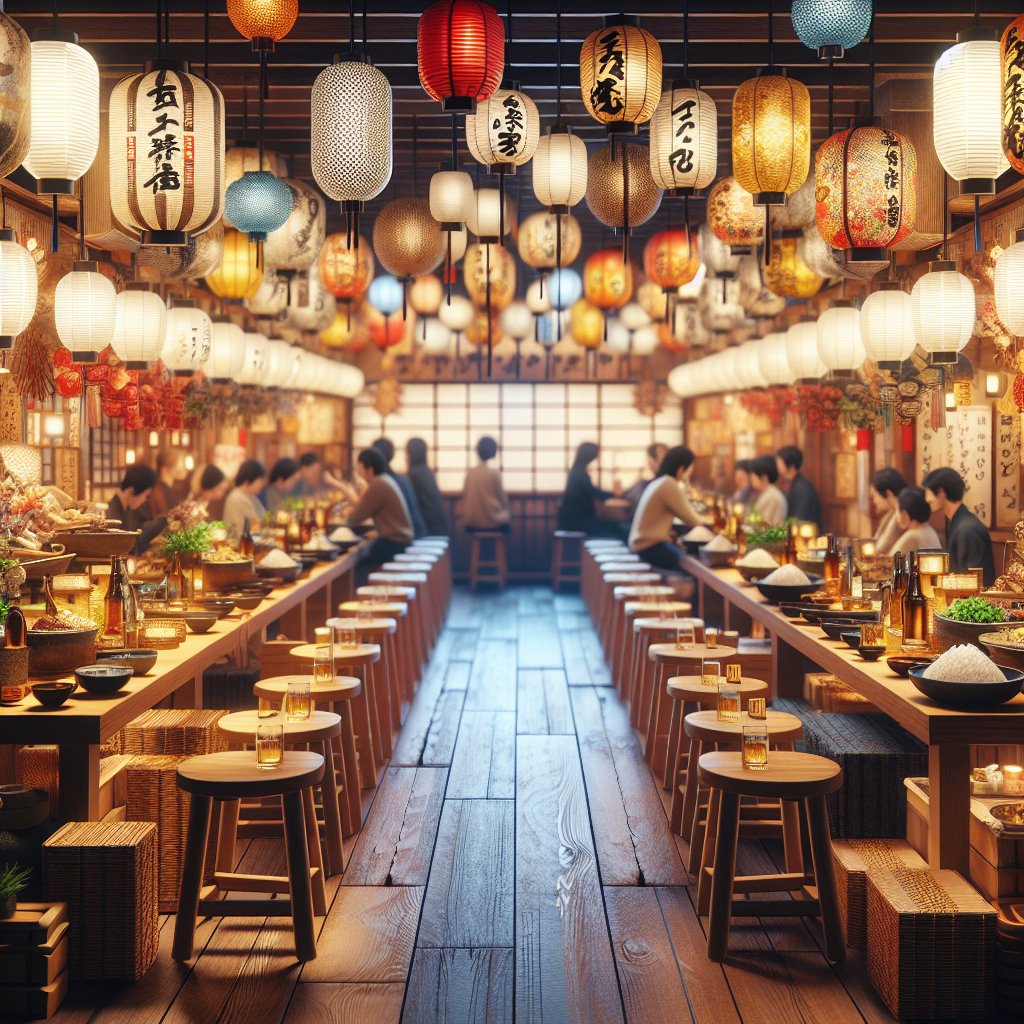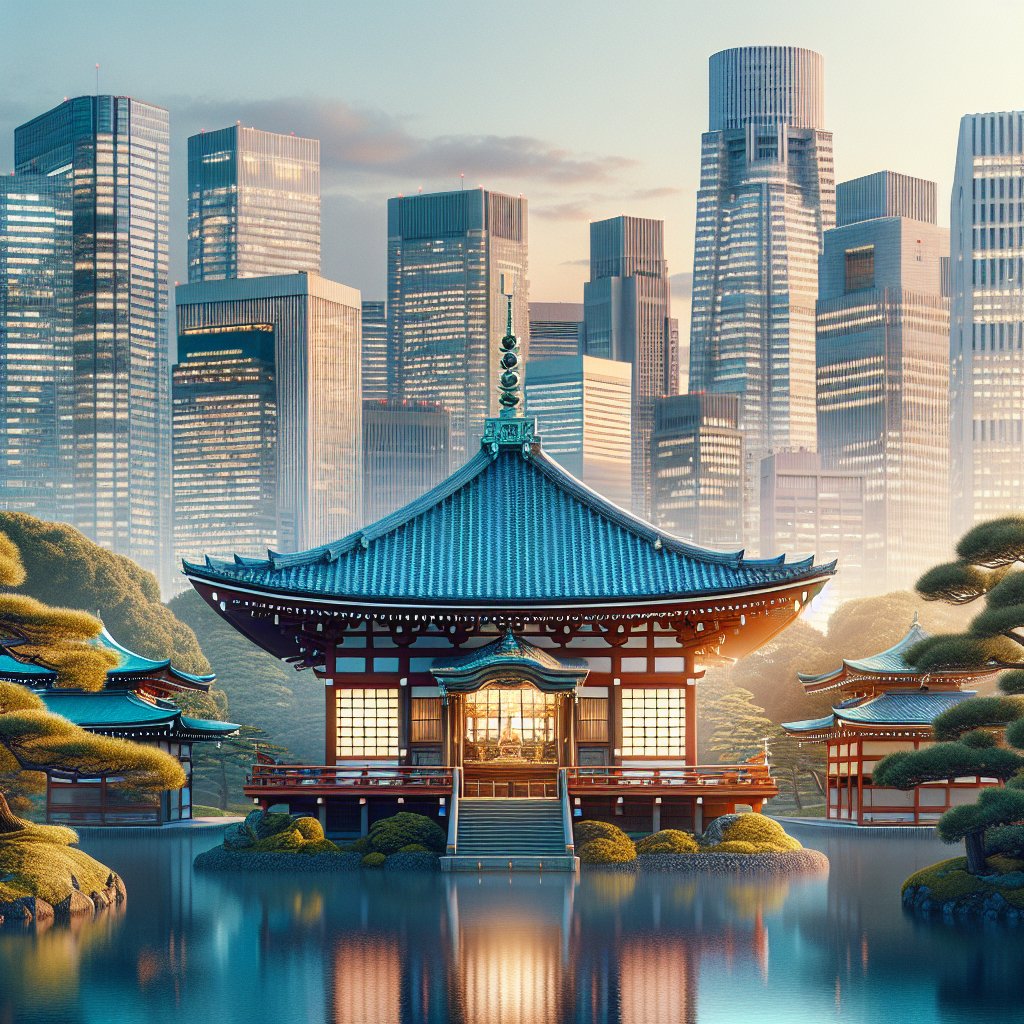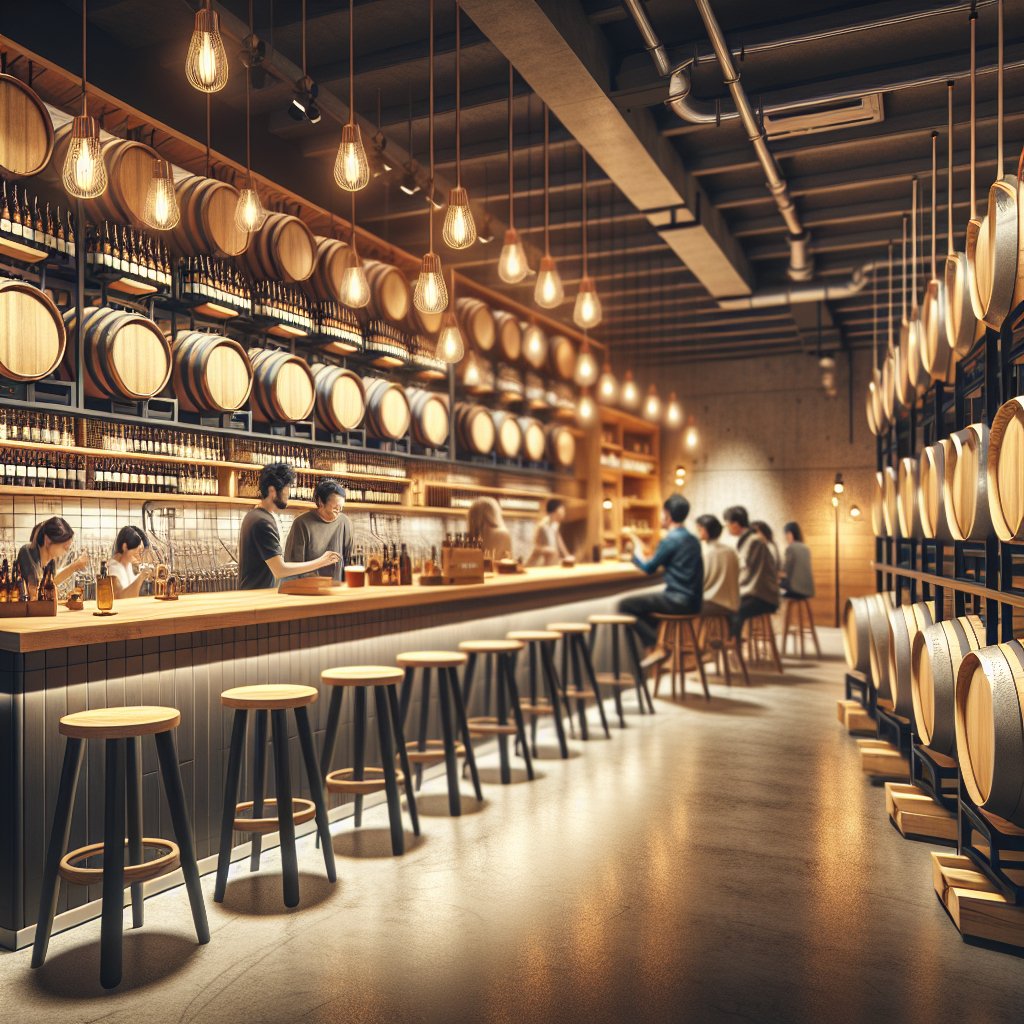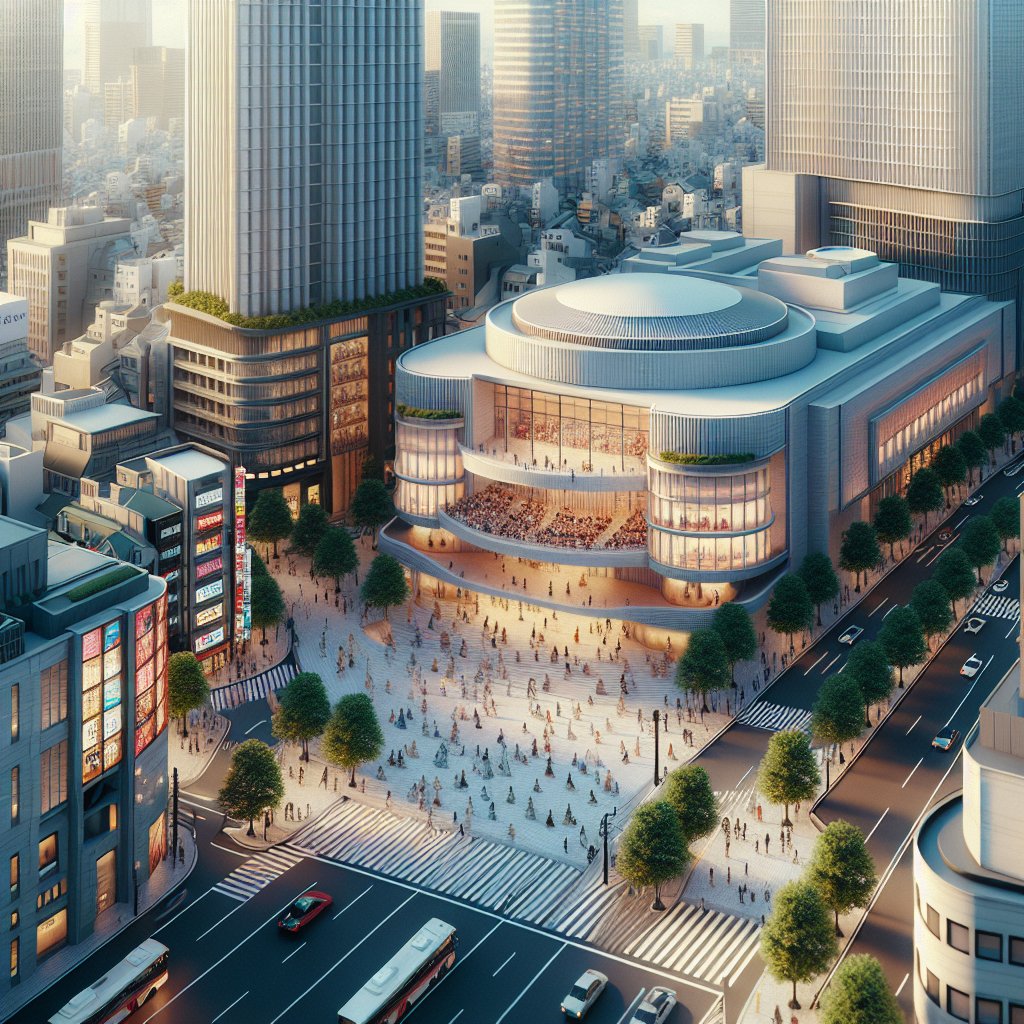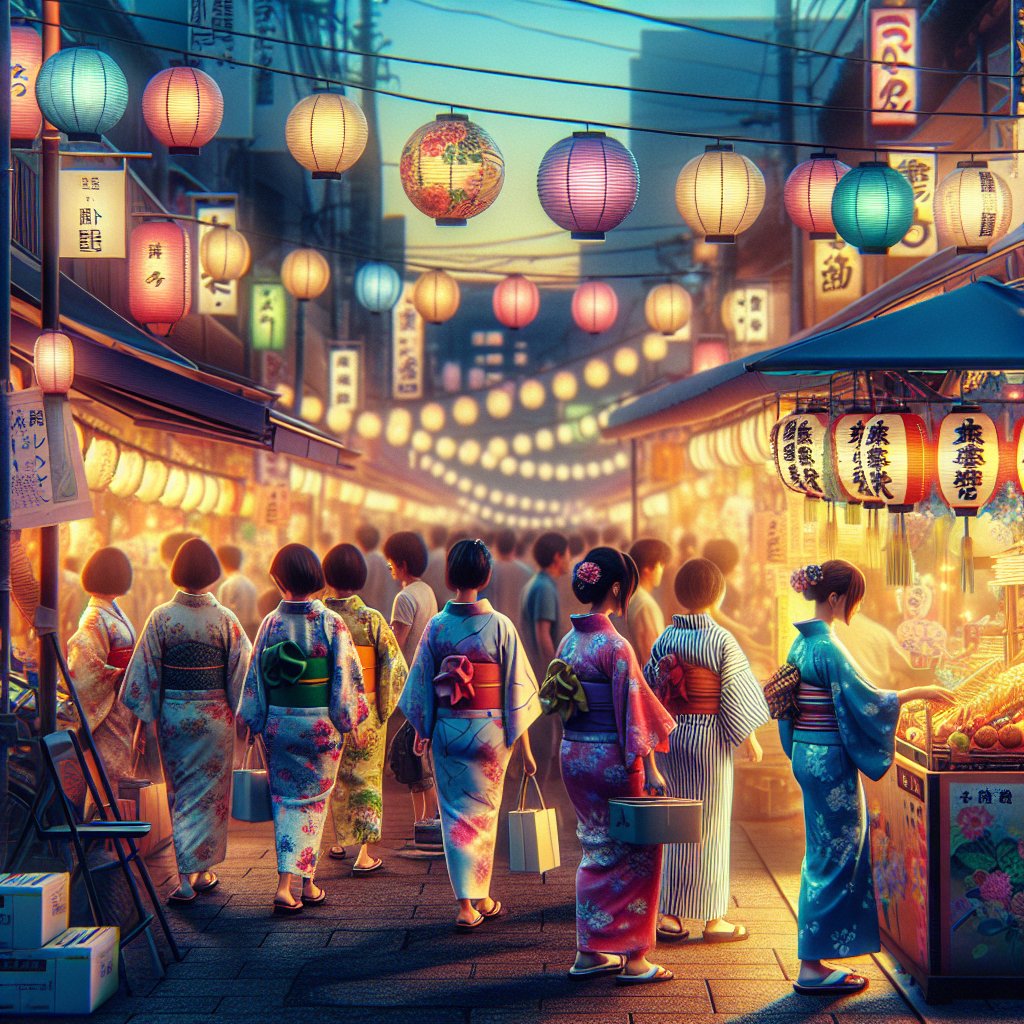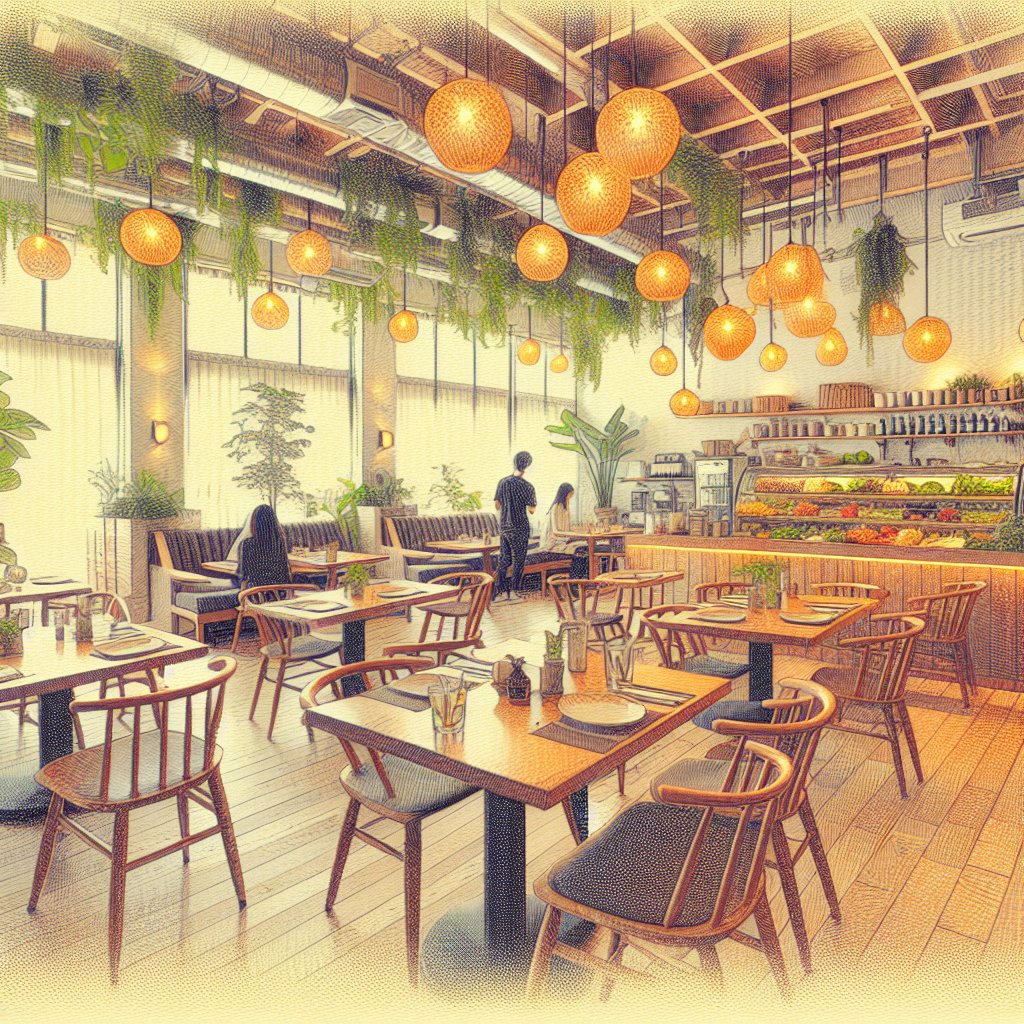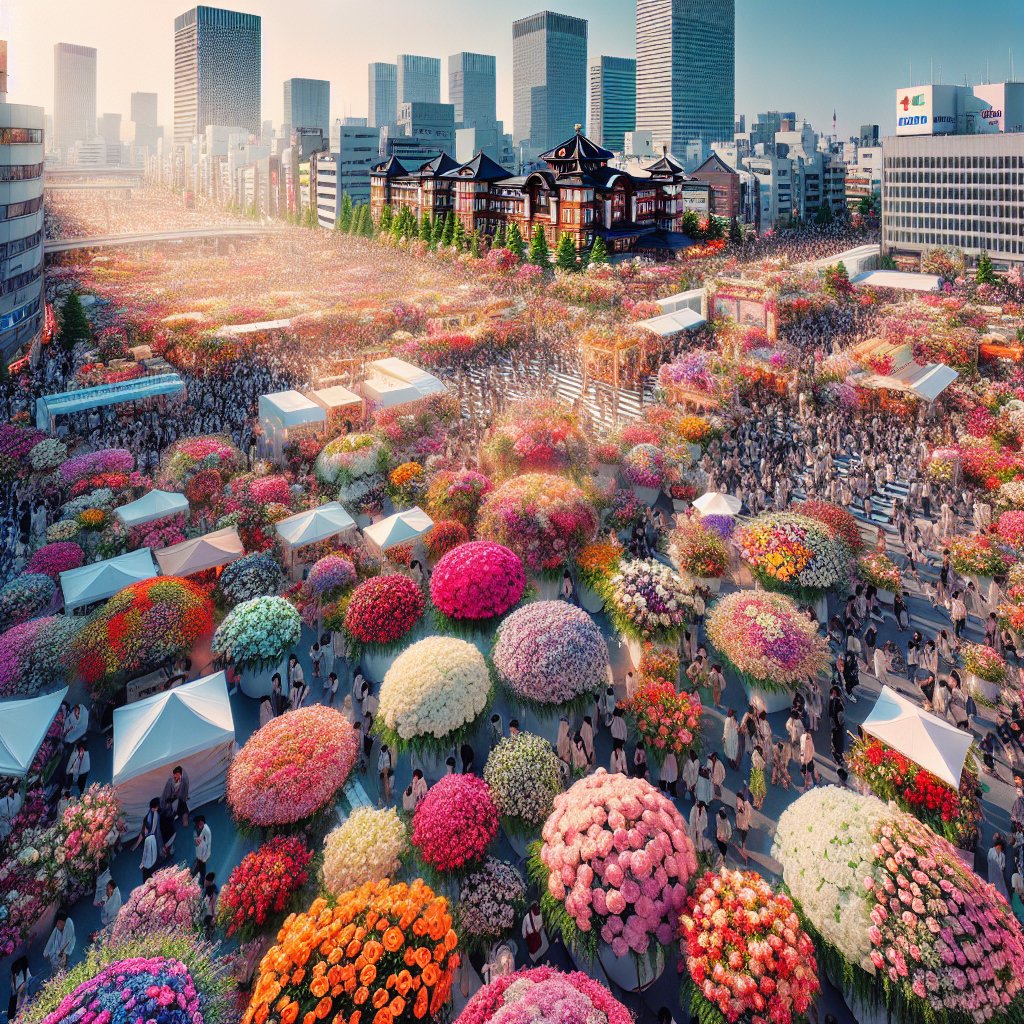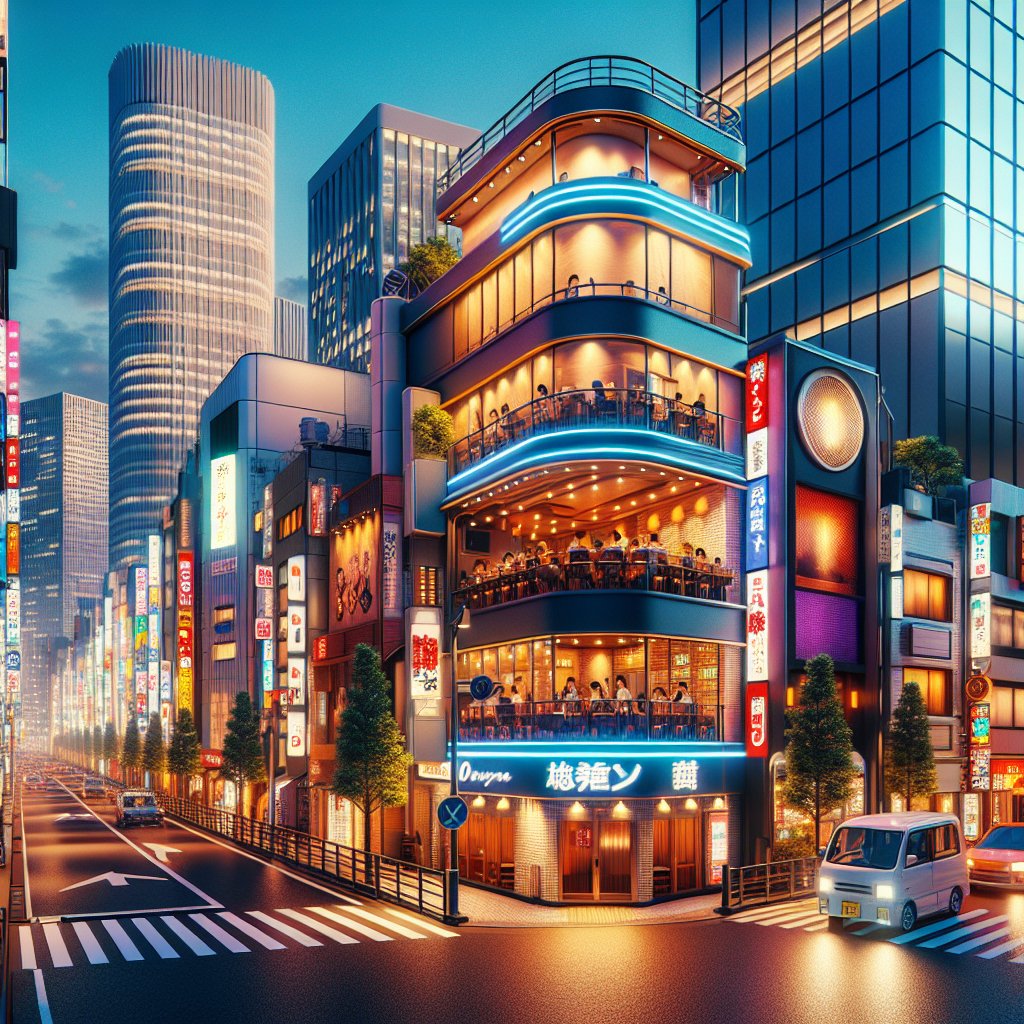Tokyo, a bustling metropolis known for its skyscrapers and cutting-edge technology, is also home to some of the most serene and historically rich gardens in Japan. These gardens offer a glimpse into the country’s past, showcasing traditional Japanese landscaping techniques and providing a peaceful escape from the city’s fast-paced life. In this article, we will explore some of Tokyo’s most famous gardens and delve into their fascinating histories.
Shinjuku Gyoen National Garden
Shinjuku Gyoen National Garden is one of Tokyo’s largest and most popular parks, renowned for its stunning cherry blossoms and diverse landscapes. Originally constructed during the Edo period as a feudal lord’s residence, it was later transformed into an imperial garden before being opened to the public in 1949. The garden spans over 144 acres and features a harmonious blend of three distinct styles: Japanese traditional, English landscape, and French formal.
The Japanese traditional garden is a masterpiece of design, with its meticulously pruned trees, tranquil ponds, and picturesque bridges. Visitors can stroll along winding paths that lead to hidden teahouses, where they can experience a traditional Japanese tea ceremony. The English landscape garden, on the other hand, offers expansive lawns and open spaces, perfect for picnics and leisurely walks. The French formal garden is characterized by its symmetrical flowerbeds and elegant fountains, providing a touch of European charm.
Shinjuku Gyoen is particularly famous for its cherry blossoms, attracting thousands of visitors each spring. The garden boasts over 1,000 cherry trees of various species, creating a breathtaking display of pink and white blooms. In addition to cherry blossoms, the garden is home to a wide variety of plants and flowers, ensuring that there is always something in bloom throughout the year.
Rikugien Garden
Rikugien Garden is a quintessential example of an Edo period strolling garden, designed to be enjoyed as a series of scenic views. Created in the early 18th century by Yanagisawa Yoshiyasu, a trusted advisor to the fifth shogun, Tokugawa Tsunayoshi, the garden was inspired by the classical poetry of the time. The name “Rikugien” translates to “Garden of the Six Principles of Poetry,” reflecting its literary origins.
The garden covers approximately 87,000 square meters and features a large central pond surrounded by man-made hills and forested areas. Visitors can follow a network of paths that lead to various viewpoints, each offering a unique perspective of the garden’s beauty. One of the highlights is the Tsutsuji no Chaya teahouse, which provides a perfect spot to relax and enjoy the tranquil surroundings.
Rikugien is particularly enchanting during the autumn months when the leaves of its many maple trees turn vibrant shades of red and orange. The garden is also illuminated in the evenings during this time, creating a magical atmosphere that draws visitors from all over the city. In spring, the garden’s weeping cherry tree is a major attraction, with its cascading blossoms creating a stunning visual display.
Koishikawa Korakuen Garden
Koishikawa Korakuen Garden is one of Tokyo’s oldest and most beautiful gardens, dating back to the early 17th century. It was commissioned by Tokugawa Yorifusa, the founder of the Mito branch of the Tokugawa family, and completed by his son, Tokugawa Mitsukuni. The garden’s design was influenced by both Japanese and Chinese landscaping techniques, resulting in a unique and harmonious blend of styles.
The garden’s name, “Korakuen,” means “the garden for enjoying afterwards,” a reference to a Chinese proverb that encourages rulers to prioritize the happiness of their people before their own. This philosophy is reflected in the garden’s design, which emphasizes natural beauty and tranquility. The garden features a large pond, stone bridges, and carefully arranged rocks, all set against a backdrop of lush greenery.
Koishikawa Korakuen is particularly famous for its seasonal beauty, with plum blossoms in late winter, cherry blossoms in spring, and vibrant foliage in autumn. The garden also hosts a variety of cultural events throughout the year, including traditional tea ceremonies and flower arrangement demonstrations, allowing visitors to experience Japanese culture firsthand.
Hama-Rikyu Gardens
Hama-Rikyu Gardens is a historic garden located at the mouth of the Sumida River, offering a unique blend of natural beauty and urban sophistication. Originally a feudal lord’s residence during the Edo period, the garden was later used as a hunting ground for the Tokugawa shogunate. Today, it is a public park that provides a peaceful retreat from the hustle and bustle of Tokyo’s city center.
The garden is renowned for its tidal pond, which is fed by seawater from Tokyo Bay and changes with the ebb and flow of the tide. This unique feature creates a dynamic landscape that is constantly evolving. The garden also boasts a variety of seasonal flowers, including peonies, irises, and cosmos, ensuring that there is always something in bloom.
One of the highlights of Hama-Rikyu Gardens is the Nakajima-no-Ochaya teahouse, which is situated on an island in the middle of the pond. Visitors can enjoy a traditional Japanese tea ceremony while taking in panoramic views of the surrounding garden and the Tokyo skyline. The garden also offers a glimpse into Japan’s feudal past, with its preserved duck hunting blinds and historical structures.
Conclusion
Tokyo’s gardens are a testament to the city’s rich history and cultural heritage, offering a serene escape from the urban landscape. Each garden has its own unique charm and story, reflecting the artistry and philosophy of Japanese garden design. Whether you’re a history enthusiast, a nature lover, or simply seeking a moment of tranquility, Tokyo’s gardens provide a perfect setting to unwind and connect with the beauty of nature.
